Open Channel Flow CFD Simulation Training Package, 4 Projects
$501.00 Student Discount
This CFD training package is prepared for BEGINNER, INTERMEDIATE, and ADVANCED users of ANSYS Fluent software who are interested in the Open Channel Flow modules, including 10 practical exercises.
Click on Add To Cart and obtain the Geometry file, Mesh file, and a Comprehensive ANSYS Fluent Training Video.To Order Your Project or benefit from a CFD consultation, contact our experts via email ([email protected]), online support tab, or WhatsApp at +44 7443 197273.
There are some Free Products to check our service quality.
If you want the training video in another language instead of English, ask it via [email protected] after you buy the product.
Description
Open Channel Flow CFD Simulation Training Package, 4 Projects by ANSYS Fluent
This CFD training package, including ten practical exercises, is prepared for BEGINNER, INTERMEDIATE, and ADVANCED ANSYS Fluent software users interested in the Open Channel Flow modules. You will learn and obtain comprehensive training on how to simulate projects. The achieved knowledge will enable you to choose the most appropriate modeling approaches and methods for applications and CFD simulations.
Channels
In project number 1, the two-phase flow of water and air inside an open channel is investigated. A multiphase VOF model with an open channel setting is activated to simulate two water and air phases inside the channel. The water enters the channel with a mass flow rate of approximately 60Kg/s, and its interaction with the air phase inside the channel is simulated.
Project number 2 simulates a two-phase flow (water and air) inside an open channel with a 180-degree arc. To simulate the mentioned two-phase flow, the multi-phase VOF model (Volume of Fluid) has been used; the VOF model defines different flow phases because of the free surface of water flow inside the canal, and the open channel flow model has been used.
Project number 3 investigates the flow inside an open channel with a 180-degree bend and a side outlet. The standard k-epsilon model is used for solving turbulent flow equations. Also, the multi-phase VOF model is activated to simulate two water and air phases inside the canal.
Pollution (Open Channel Flow)
In project number 4, a Numerical simulation of pollution of the stagnant river has been done. The VOF model is used to simulate the phases. Pollutant enters the river from a nonuniform profile somewhere in the middle of the river, diffusing into the water. Due to its density which is lower than water density, it floats on the free surface of the river.
In project number 5, a numerical simulation of pollution of the meandering river has been done. The VOF model has been used to simulate and solve the two-phase flow field equations. Pollutant enters the river from two circular inlet profiles somewhere at the beginning of the river, and it diffuses into the water. Due to its density lower than water density, pollutants cause the river’s surface to be polluted, and because of the water flow, pollution moves along the river.
Marine (Open Channel Flow)
In project number 6, a numerical simulation of the short wave in the sea has been done. This project aims to investigate the ability to simulate short waves with First-Order Airy theory in Fluent software, and the VOF model with the open channel wave bc has been used.
Project number 7 simulates the motion of a submarine in water using the Dynamic Mesh method. In this simulation, a computational domain including air and water with a certain level of water is designed; So that a submarine is located in this area. Since the sub has only one degree of freedom (1-DOF) and can only rotate around its central axis (x-axis), and in other degrees, it is constrained and has no transient or rotational motion, we use a UDF for defining this type of movement, considering a degree of freedom.
In project number 8, an attempt has been made to investigate the effect of the movement of a jet ski on the border of two fluids (water and air interface) by applying the OPEN CHANNEL FLOW model. The computational domain consists of an inlet wherein the water enters with a mass flow rate of 50000Kg/s and a pressure outlet. The multi-phase VOF model is activated for solving multi-phase flow equations, and the standard k-epsilon model is exploited to account for the turbulence in fluid flows.
Project number 9 simulates the motion of a floating vessel in the water by the dynamic mesh method. In this simulation, a computational domain of water with a specific height level is designed with a floating ship on the water’s surface. To define the instantaneous change of meshing, the Dynamic Mesh model is used Since the vessel has only two degrees of freedom (2-DOF) and can only move up and down in the vertical direction (z-axis) or rotate around its central axis (y-axis), and has a constraint in other directions (It does not have any transitional or rotational motion), a UDF is used to define this type of motion with two degrees of freedom.
Spillway
In project number 10, the flow inside a wide-edge spillway is investigated. It should be pointed out that there is an elevation difference between the main and sub-channel for reasons like storing a portion of flowing water. The water enters the open channel with a mass flow rate of 65Kg/s and enters the second channel after colliding with the middle section of the spillway.
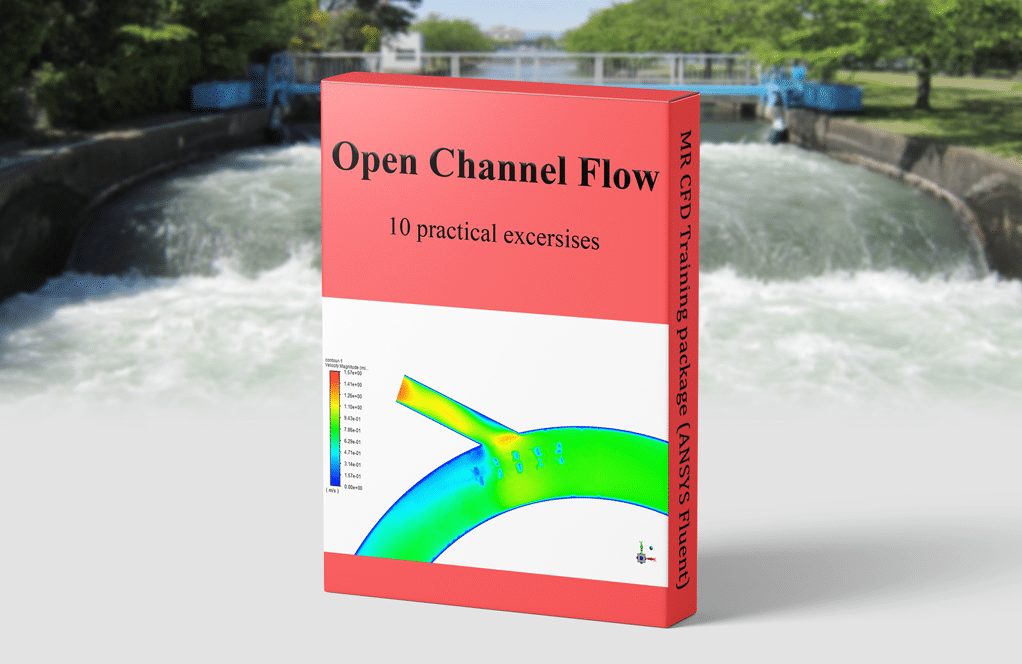
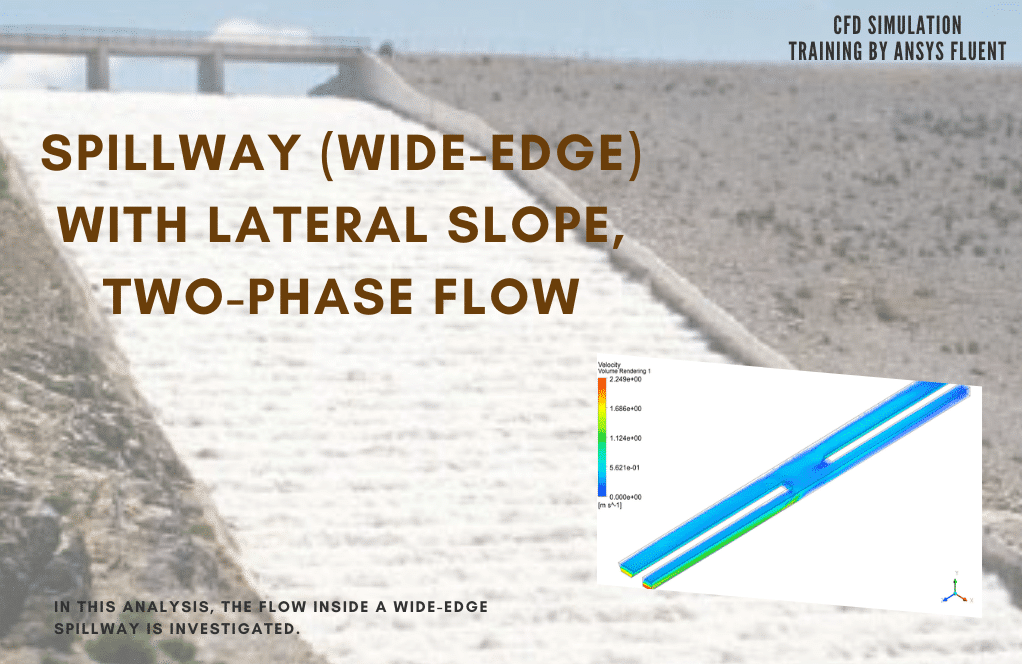

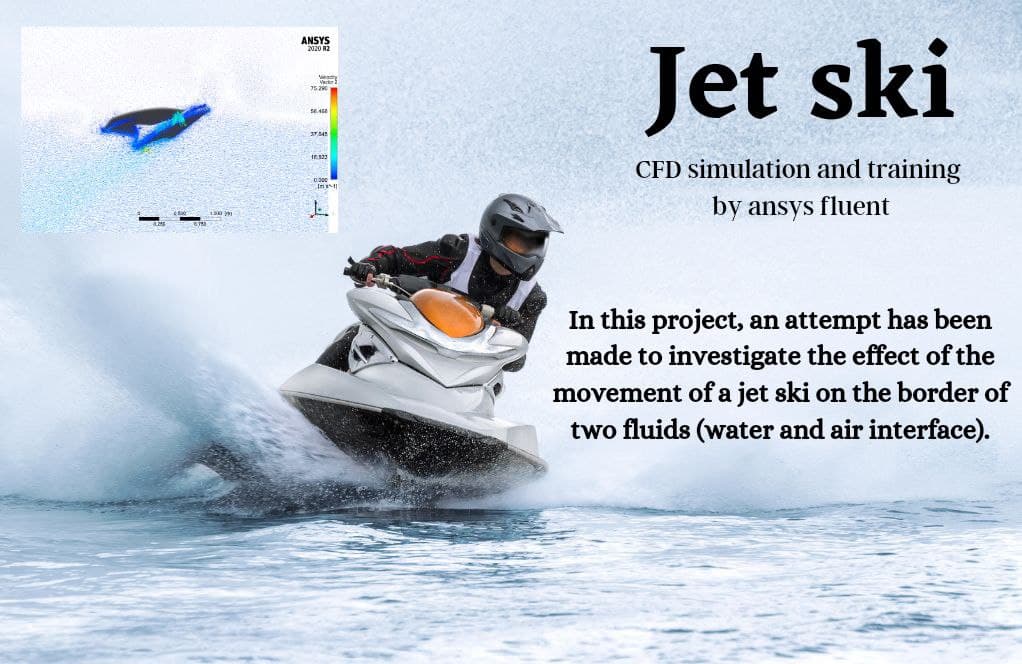

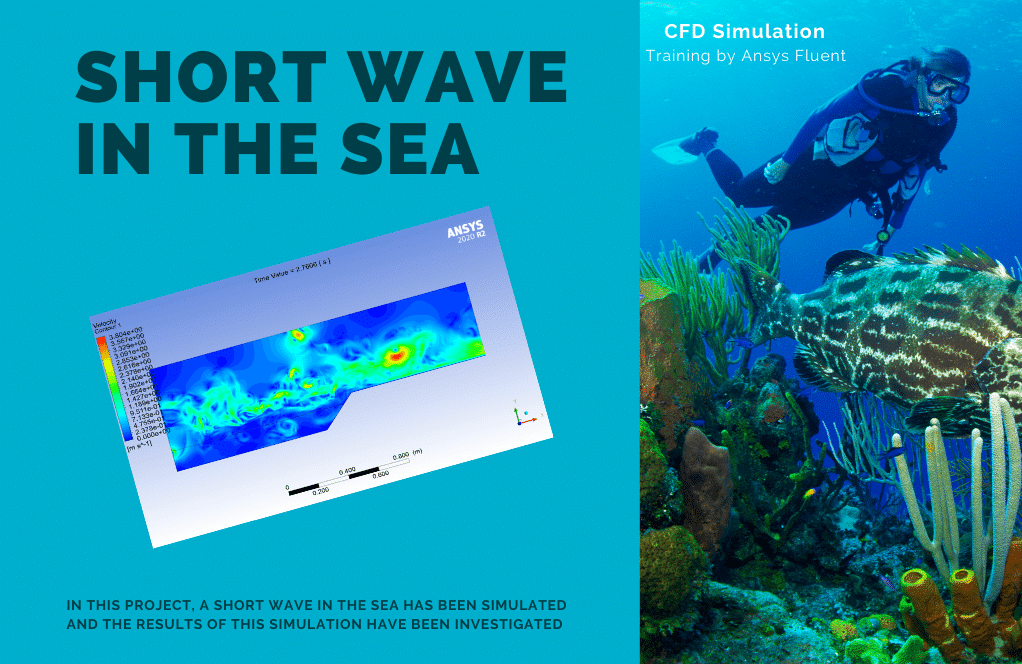
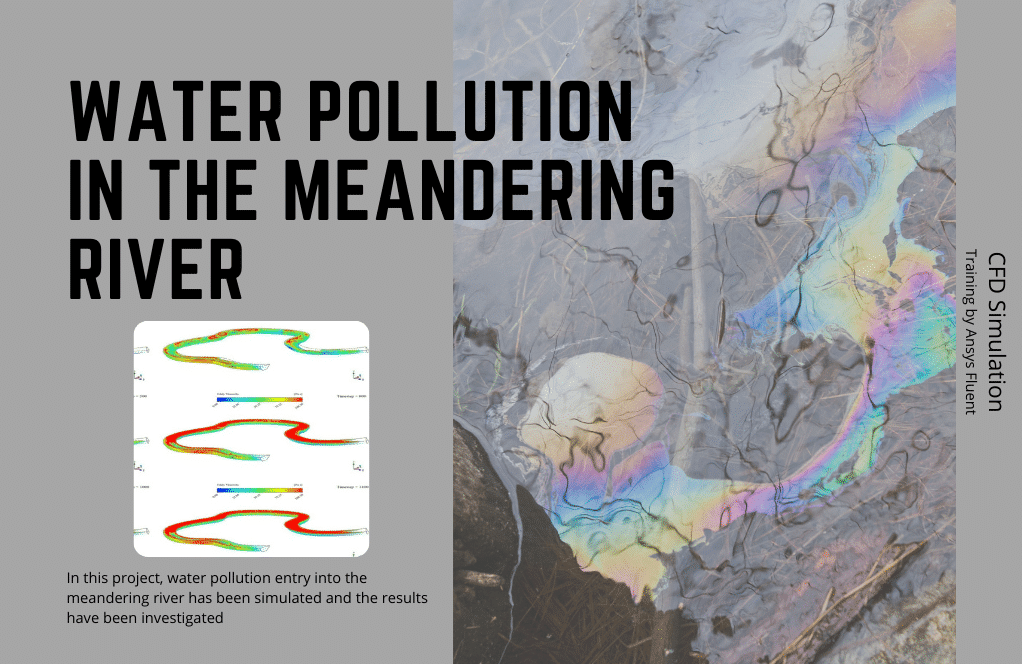
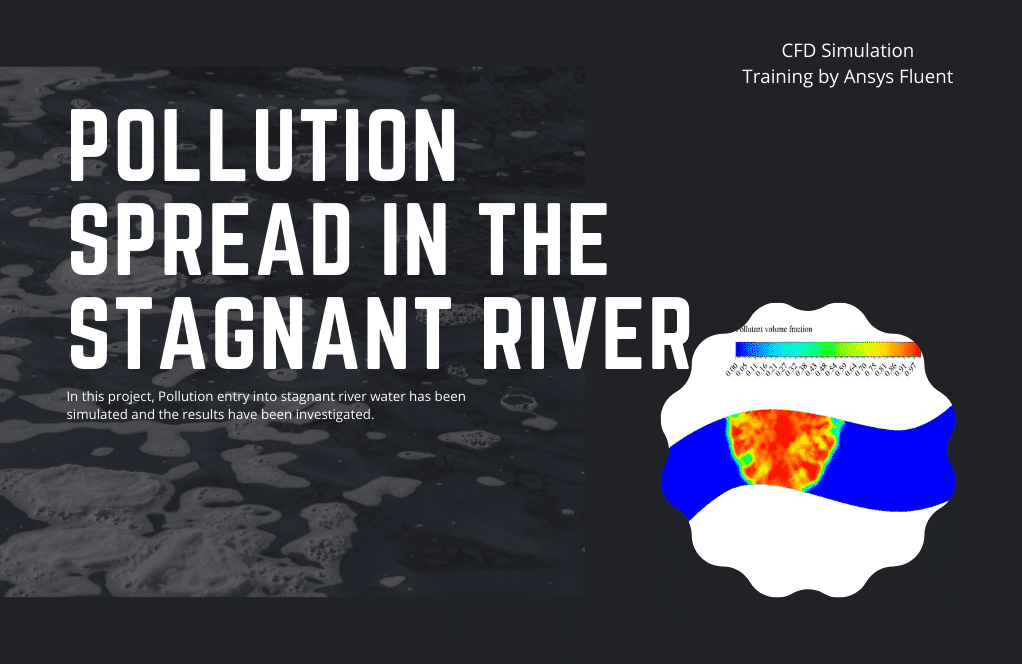
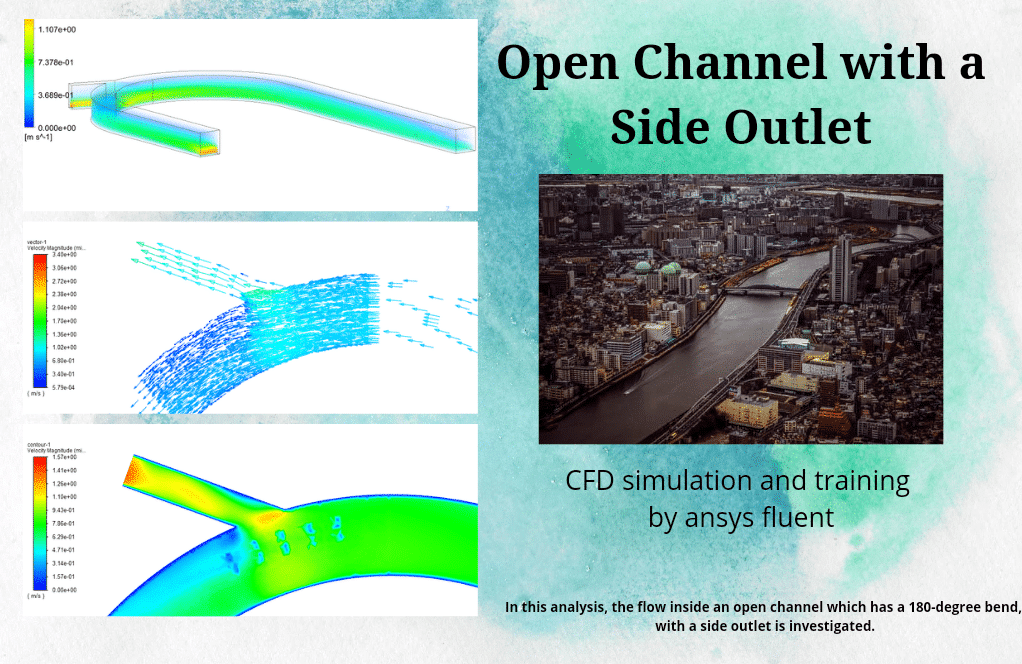


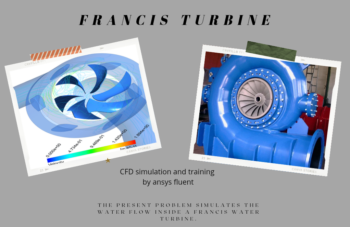
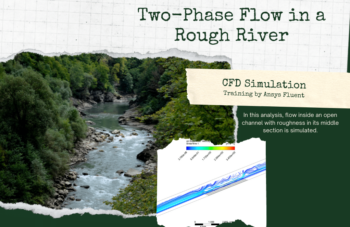
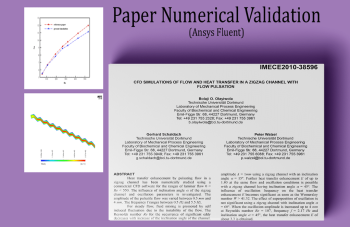

Miss Bella O’Hara III –
Thank you for creating the Open Channel Flow CFD Simulation Training Package. The comprehensive coverage and in-depth exercises provided me with a solid understanding of various open channel flow scenarios. It’s impressive how the package includes simulations dealing with air-water interactions and dynamic elements such as floating vessels and pollutants behavior. A wonderful learning experience for anyone interested in hydraulics and environmental modeling!
MR CFD Support –
We are thrilled to hear that you had a wonderful learning experience with our Open Channel Flow CFD Simulation Training Package. Your positive feedback is a confirmation that we are on the right track in providing an in-depth and comprehensive resource that helps our users excel in hydraulics and environmental modeling. Thank you for taking the time to leave such an encouraging review. Your success is our success!
Bria Cassin –
I recently completed the ‘Open Channel Flow CFD Simulation Training Package,’ which covered a range of different scenarios from environmental pollution to marine simulations. The range of projects provided a strong foundation in both the physical concepts of open channel flow and the technical skills needed for simulation in ANSYS Fluent. I found the step-by-step approach particularly beneficial as it allowed me to build my confidence and competence sequentially throughout. Thank you for a well-structured and informative training package!
MR CFD Support –
We’re thrilled to hear you found value in our Open Channel Flow CFD Simulation Training Package! Your feedback is greatly appreciated, and we’re delighted to know that the variety of projects and our incremental learning approach met your expectations. Keep building on your new skills, and don’t hesitate to reach out to us for any further learning materials. Thank you for your kind words!
Prof. Shanon Tillman Jr. –
I recently went through the ‘Open Channel Flow CFD Simulation Training Package’ with the 4 projects and found it extremely enlightening. The step-by-step approach, with projects escalating from basic to advanced levels, turned out to be quite beneficial. The hands-on exercises solidified my understanding of how open channel flows work and how the ANSYS Fluent software can be leveraged for these kinds of simulations. It’s admirable how pollution spreading and marine movements have also been included in the training, ensuring a holistic grasp of the subject.
MR CFD Support –
Thank you for your positive feedback! We’re delighted to hear that the training package met your expectations and that you appreciated the progressive difficulty and variety of exercises. It’s great to know we could help enhance your understanding of open channel flow CFD simulations. We strive to provide comprehensive learning experiences, and your review inspires us to continue doing so. If you have any further questions or need assistance as you continue to explore and apply your new skills, don’t hesitate to reach out. Happy simulating!
Ms. Dolly Ondricka –
Great training package! It really helped improve my understanding and skills in simulating open channel flows. The gradual increase in complexity from beginner to advanced levels provided an excellent learning curve.
MR CFD Support –
Thank you for your feedback! We’re pleased to hear that the training package was effective in enhancing your simulation skills and knowledge in open channel flows. Your success is a testament to our commitment to providing comprehensive and practical learning materials. Keep up the great work!
Toney Rowe II –
This training package truly surpassed my expectations. With a range of projects that cater to all levels, it offers extensive hands-on experience in open channel flow simulation using ANSYS Fluent. The progression from simpler models to more complex scenarios was not only educational but highly engaging. Particularly, the incorporation of environmental elements such as pollution simulation provided a realistic touch to the applications. Well done on putting together such a comprehensive and instructive collection.
MR CFD Support –
Thank you so much for your kind words and feedback! We’re delighted to hear that you found our Open Channel Flow CFD Simulation Training Package so comprehensive and educational. It’s great to know that the variety of projects contributed positively to your learning experience. We always strive to provide practical and real-world applications to ensure our users are well-prepared for different simulation scenarios. If you have any further thoughts, don’t hesitate to share!
Webster Muller –
Absolutely outstanding training package! The diversity of projects and thorough explanations have significantly elevated my understanding of open channel flow simulations. The step-by-step guides were exceptionally helpful in training even for complex scenarios like short sea waves and pollution diffusion in rivers.
MR CFD Support –
Thank you for your kind words! We’re delighted to hear that our Open Channel Flow CFD Simulation Training Package was so helpful to you. It’s great to know that the various projects and their comprehensive guides met your expectations. We appreciate you taking the time to provide feedback and we look forward to assisting you with future learning opportunities!